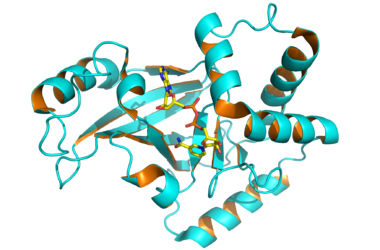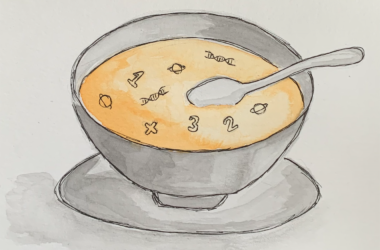Before concrete and steel, wood was the predominant material in many human endeavours. Nowadays, while wood has been mostly replaced, its usage remains common. Wood construction specialists, however, continue to rely on only a few species, limiting their survivability against climate change. To ensure the viability of forestry and building[Read More…]
Research Briefs
How exoenzymes changed the fate of organic matter
The very first life on Earth appeared 3.8 billion years ago as individual cells called heterotrophs, which were dependent on external food sources. Over the years, these simple heterotrophic cells underwent countless evolutionary changes, transforming into the planet’s diverse range of present-day animals. Despite the critical importance of evolution for[Read More…]
Achieving alternate futures in the Anthropocene
Eleven thousand seven hundred years ago, Earth exited the last major geological epoch—the Ice Age—entering a period of relative warmth and stability, called the Holocene. Researchers, however, believe that the planet is ready for a new term: The ‘Anthropocene,’ denoting a time during which humans drive substantial change to our[Read More…]
Analysis finds COVID-19 has now infected three-quarters of Canadians
Although the Omicron COVID-19 variant emerged in November 2021, scientists are just beginning to trace how the massive surge of infections unfolded by testing blood samples from throughout the pandemic. This is because antibodies against COVID-19 can be detected in blood for months after an infection. The analysis was led[Read More…]
“Seeing” viruses in real time
During the height of the COVID-19 pandemic in January 2022, when thousands of people were getting sick every day, healthcare professionals were worked to the bone. One particularly difficult task in preventing the spread of COVID-19 was contact tracing. In other words, finding out who was sick and how they[Read More…]
Is vitamin B12 supplementation always good for you?
The global vitamin B12 supplement market is poised for significant growth in the upcoming years. Although daily oral vitamin B12 supplements typically contain doses far exceeding the recommended amount, the impact of such high levels of vitamin B12 on gut health remains unclear. In a recent paper, Samantha Gruenheid, Chair[Read More…]
Discovery of new mechanisms elucidates breast cancer metastasis
Finding more effective drugs that target certain aggressive forms of breast cancer first requires a deeper understanding of the disease’s progression mechanisms. The need for increased insight into the mitigation of breast cancer growth fueled a seven-year-long study at the Research Institute of the McGill University Health Centre (RI-MUHC). Nathalie[Read More…]
Making soup with methane, vitamin D, mRNA, and shellfish waste
The 35th semesterly Soup & Science was one for the books, with top-notch student and professor research presentations accompanied by delectable soup. The McGill Tribune brings you the presentations we liked best for a little taste of the event. Improving mRNA resilience by combining it with other molecules U4 chemistry[Read More…]
McGill exoplanet specialist recognized for outstanding work in astrophysics
Last month, the Astronomical Society of India awarded McGill physics professor Eve Lee the 2022 Vainu Bappu Gold Medal for her work in astrophysics. The award honours young astronomers—typically under 35—for their exceptional achievements and potential. Lee’s work focuses on exoplanets, which are planets that orbit around other stars in[Read More…]
Data scraping reveals Montreal’s hidden property owners
With the school year closing fast, one thing on returning students’ minds is finding a new apartment. However, many students will struggle throughout the process, facing high competition and prices, adding to the already stressful experience of moving into a new place. In the 1990s, Montreal, and Canada as a[Read More…]













